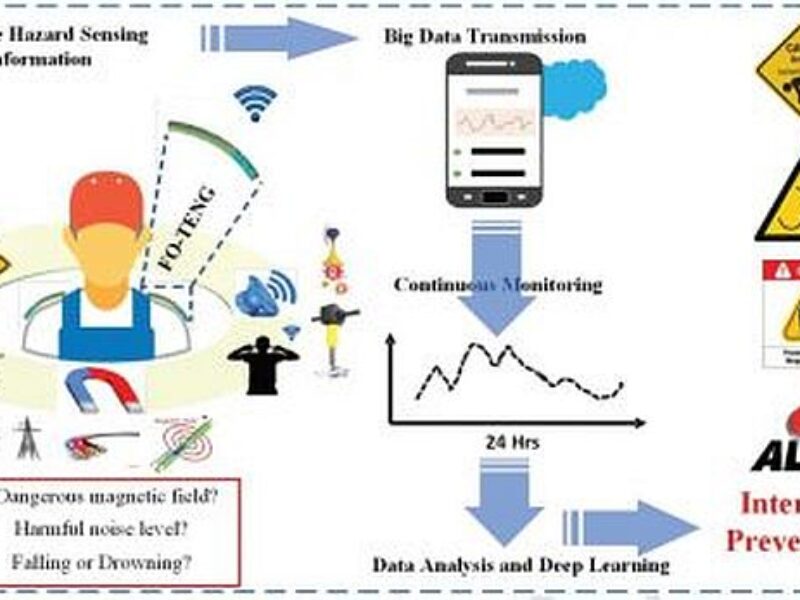
Artificial skin sensor promises ‘superhuman’ perception
The new type of sensor was inspired by the idea of creating artificial skin that could someday help burn victims or those with prosthetic limbs “feel,” and help protect them from injuring themselves unintentionally. Such a sensor would need to be able to detect pressure, temperature, and vibration, but perhaps, the researchers thought, it could do other things too.
“It would be very cool if it had abilities human skin does not,” says chemist Islam Mosa from UConn. “For example, the ability to detect magnetic fields, sound waves, and abnormal behaviors.”
Such a smart multifaceted sensing platform, say the researchers, could find use in diverse applications including hazard preventive wearables, and remote healthcare monitoring.
The researchers created such a sensor with a silicone tube wrapped in a copper wire and filled with a special fluid made of iron oxide nanoparticles just one billionth of a meter long. The nanoparticles rub around the inside of the silicone tube and create an electric current, while the copper wire surrounding the tube picks up the current as a signal.
When the tube is bumped by something and experiences pressure, the nanoparticles move and the electric signal changes. Sound waves also create waves in the nanoparticle fluid, and the electric signal changes in a different way than when the tube is bumped.
Magnetic fields also alter the signal, the researchers found, in a way distinct from pressure or sound waves. Even a person moving around while carrying the sensor changes the electrical current, say the researchers, and they found that they could distinguish between the electrical signals caused by walking, running, jumping, and swimming.
So, in addition to promising a solution toward an artificial skin that could help those with no or limited skin sensitivity, the sensor, say the researchers, could perhaps act as an early warning for workers exposed to dangerously high magnetic fields. Further, they say, since the rubber exterior is completely sealed and waterproof, it could also serve as a wearable monitor to alert parents if their child fell into deep water in a pool, for example.
“The inspiration was to make something durable that would last for a very long time, and could detect multiple hazards,” says Mosa.
While the researchers have not yet tested the sensor for its response to heat and cold, they suspect it will work for those as well. Next, they say, they plan to make the sensor in a flat configuration, more like skin, and see if it still works.
For more, see “An Ultra-Shapeable, Smart Sensing Platform Based on a Multimodal Ferrofluid-Infused Surface.
Related articles:
Electronic skin brings sense of touch to prosthetic users
Artificial skin sends sensations directly to brain
Skin-inspired flexible tactile sensor for smart prosthetics
Graphene-based e-skin detects vibrations from audio to ultrasound
Self-powered ‘smart skin’ eases design of touch-capable robots, bionic limbs
 If you enjoyed this article, you will like the following ones: don't miss them by subscribing to :
eeNews on Google News
If you enjoyed this article, you will like the following ones: don't miss them by subscribing to :
eeNews on Google News




